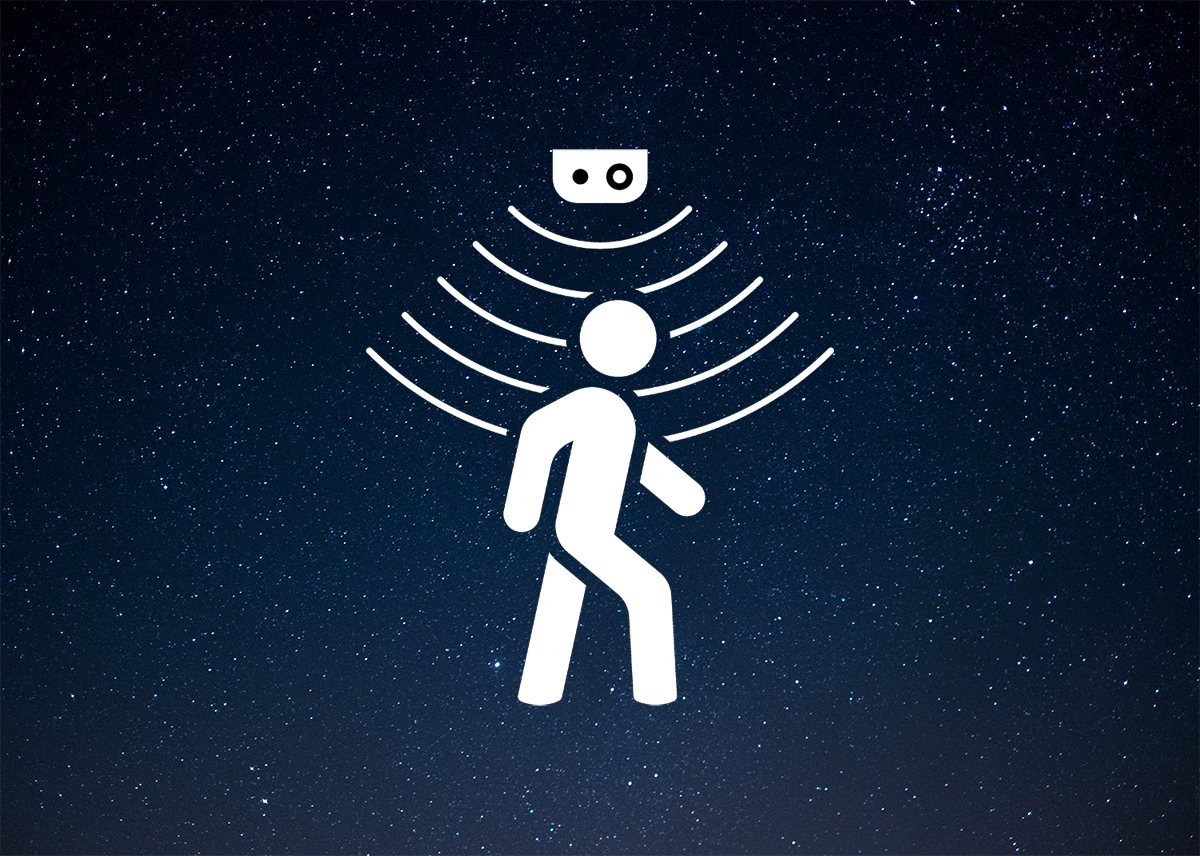
An occupancy sensor is a human motion/presence detecting and lighting control device that can activate the connected lighting load for a user-determined time period upon detection of motion. Automatic lighting controls are used to manage and automate the delivery of the correct amount of light at the right time. They can turn on/off or dim lights at set times or under set conditions to maximize energy savings and comply with energy efficiency codes without compromising safety or comfort.
Occupancy sensing, daylight harvesting, and time control are the most basic applications of adaptive lighting control. These technologies provide the flexibility and intelligence to adapt lighting to changing space requirements. The inclusion of automatic lighting controls makes it possible to create lighting solutions that are context sensitive, responsive to user needs, and reactive to data from beyond the boundary of local control networks. Occupancy sensors are used in both outdoor and indoor lighting applications. In addition to enabling adaptive lighting, they can contribute to nighttime security by providing motion-activated lighting as a psychological deterrent to intruder ingress.





